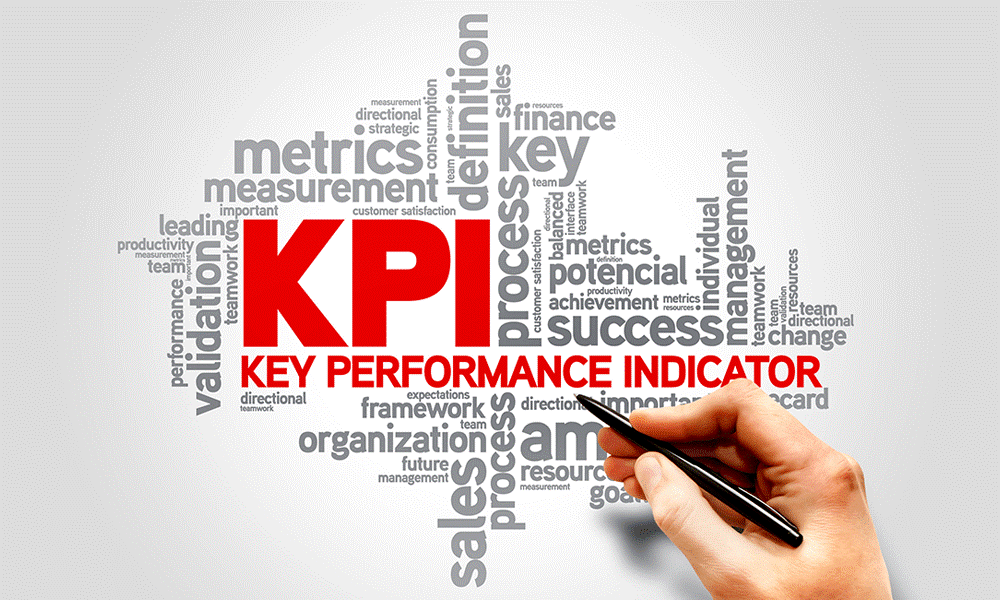In social media marketing, achieving a high return on investment (ROI) has become more complex and critical than ever. With platforms evolving rapidly, staying ahead requires not just creativity but also a keen understanding of strategies that work. Whether you’re a small business, a growing brand, or a seasoned marketer, crafting campaigns that deliver meaningful results is essential for standing out in today’s crowded digital space.

Social media advertising provides businesses with unmatched opportunities to reach diverse audiences, but this potential comes with challenges. Understanding how to navigate ad formats, target the right audience, and track performance effectively can significantly impact your success. The following strategies will help you maximize ROI by aligning your objectives, optimizing resources, and delivering compelling content that resonates with your target audience.
1. Define Clear Objectives
Success begins with well-defined goals. Every campaign should start with specific, measurable objectives, as these will guide every aspect of your strategy. Are you aiming to increase brand awareness, drive website traffic, generate leads, or boost sales? Knowing your desired outcomes helps you craft campaigns that align with your overall business goals.

Key Steps:
- Use the SMART framework (Specific, Measurable, Achievable, Relevant, Time-bound) to clarify your objectives.
- Break larger goals into smaller milestones, like achieving a certain number of clicks or sign-ups.
- Regularly revisit these objectives to ensure they remain aligned with your business priorities.
2. Know Your Audience
Understanding your audience is fundamental to effective social media advertising. Dive deep into demographics, interests, behaviors, and preferences to create ads that resonate. Social media platforms like Facebook, Instagram, and LinkedIn offer advanced targeting tools that allow you to refine your audience segments.

Tips for Success:
- Use analytics tools to gather insights into your audience’s habits.
- Develop detailed buyer personas, including age, location, interests, and challenges.
- Test different audience segments to identify who responds best to your content.
3. Leverage Platform-Specific Features
Each social media platform offers unique advertising options tailored to its audience. For example, Instagram is ideal for visually-driven campaigns, while LinkedIn excels in B2B marketing. TikTok, on the other hand, is perfect for brands targeting younger audiences with engaging, short-form content.

Actionable Ideas:
- Experiment with carousel ads on Instagram to tell a story or showcase multiple products.
- Use LinkedIn’s lead generation forms to collect contact information directly within the platform.
- Explore TikTok’s in-feed ads to reach a vibrant, youthful demographic.
4. Invest in High-Quality Creative Content
The quality of your content significantly impacts your campaign’s success. Eye-catching visuals, engaging videos, and compelling copy are essential for capturing attention in a crowded feed. Ensure your content aligns with your brand’s voice and resonates with your audience’s values and needs.

Creative Best Practices:
- Use bold imagery and clear text to make ads instantly recognizable.
- Incorporate storytelling to make your campaigns more relatable and memorable.
- Test multiple versions of your creative assets to determine what performs best.
5. Use Retargeting to Convert Leads
Retargeting allows you to reconnect with users who have previously interacted with your brand but didn’t convert. These users are already familiar with your offerings, making them more likely to engage with a follow-up ad.

Implementation Tips:
- Set up pixel tracking to monitor website visitors and create retargeting audiences.
- Tailor retargeting ads to address objections or highlight specific benefits.
- Use dynamic ads to display personalized product recommendations based on user behavior.
6. Optimize Ad Spending
A successful campaign doesn’t necessarily mean spending more money—it means spending smarter. Monitor the performance of your ads in real-time and allocate your budget toward high-performing campaigns. Platforms like Facebook Ads Manager and Google Ads provide robust tools for managing ad spend efficiently.

Steps to Optimize Budget:
- Set a daily or campaign-wide budget cap to avoid overspending.
- Reallocate funds to campaigns or ads with higher conversion rates.
- Pause underperforming ads to focus resources on what works.
7. Track Key Performance Metrics
Measuring ROI requires tracking the right key performance indicators (KPIs). Metrics like click-through rates (CTR), cost per acquisition (CPA), and conversion rates provide valuable insights into your campaign’s effectiveness.

How to Measure Effectively:
- Use tools like Google Analytics to track website traffic and conversions.
- Set up UTM parameters to attribute success to specific campaigns.
- Regularly analyze metrics and adjust your strategy based on the data.
8. Embrace Video Advertising
Video content continues to dominate social media, offering higher engagement rates compared to static images or text. Platforms like Instagram, TikTok, and YouTube prioritize video in their algorithms, making it an essential component of any ad strategy.

Video Tips:
- Create videos that are concise and visually compelling, with a focus on storytelling.
- Include captions for accessibility and to engage viewers watching without sound.
- Experiment with video lengths to see what resonates best with your audience.
9. Leverage Influencer Marketing
Influencer marketing combines authenticity with reach, making it a powerful strategy for boosting ROI. Partnering with influencers who align with your brand can help you tap into their loyal audience base.

Effective Influencer Strategies:
- Work with micro-influencers for niche campaigns; their smaller audiences often deliver higher engagement rates.
- Ensure the influencer’s style and values align with your brand to maintain authenticity.
- Measure the impact of influencer collaborations by tracking follower growth, engagement, and conversions.
10. Analyze and Adapt
A successful campaign doesn’t end with its launch. Regularly analyzing results and making data-driven adjustments ensures you’re always optimizing for better outcomes. Post-campaign reviews can provide insights into what worked, what didn’t, and how to improve future efforts.

Key Actions:
- Conduct weekly performance reviews to identify trends and adjust your approach.
- Test new strategies, formats, or platforms based on learnings from previous campaigns.
- Stay updated on platform changes and emerging trends to stay ahead of the competition.
For more related topics you can also check our topics on:-
- A Guide to Creating Shareable Visual Content for Social Media
- Social Media Metrics That Matter: What to Track in 2024
- Facebook Marketplace for Small Businesses: New Features to Watch
- How to Create Creative Images for Facebook Instagram Stories
- How to Make Your Facebook Profile Attractive
- How to Create Professional Cover Photos for Social Media
- How to Increase Facebook Likes and Reach for Your Profile
- The Complete Guide to Facebook Advertising in 2024: Tips and Tricks
- Facebook Live vs. Instagram Live: Which Platform is Best for Your Business?
- Tips for Creating Viral Content on TikTok, Instagram, and Facebook
- 10 Little-Known Instagram Features You Should Be Using
- Instagram’s New Subscription Model: How Creators Are Monetizing Exclusive Content
- 10 Little-Known Instagram Features You Should Be Using
- 10 Proven Strategies to Grow Your Social Media Following as an Influencer
- Rekindling Facebook’s Potential for Small Business Owners
Final Thoughts
Maximizing ROI in social media campaigns requires a blend of creativity, strategic targeting, and data-driven decisions. By defining clear goals, understanding your audience, and leveraging the unique features of each platform, you can create campaigns that deliver meaningful results. Continuously optimize your approach by analyzing metrics, adapting strategies, and staying informed about trends to ensure long-term success. With these strategies, businesses can turn social media into a powerful tool for growth and profitability.








